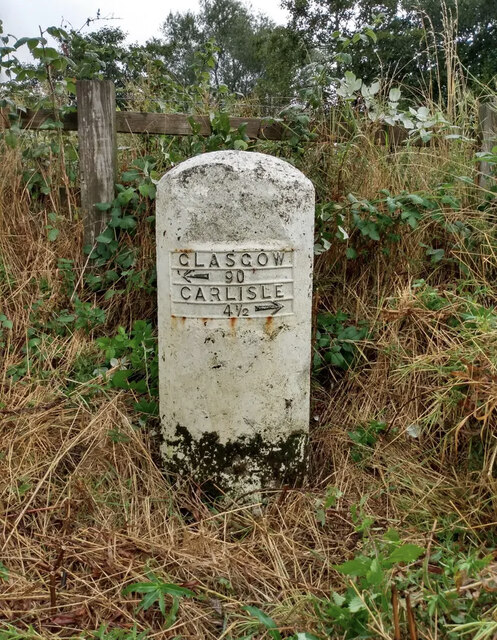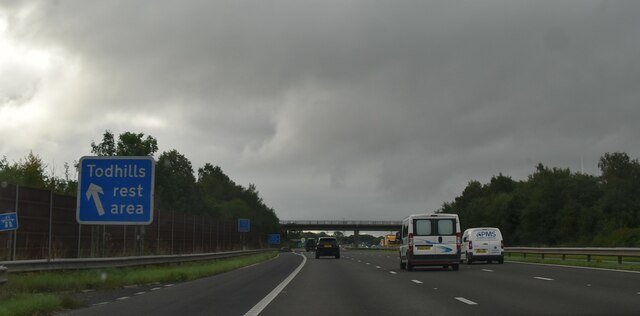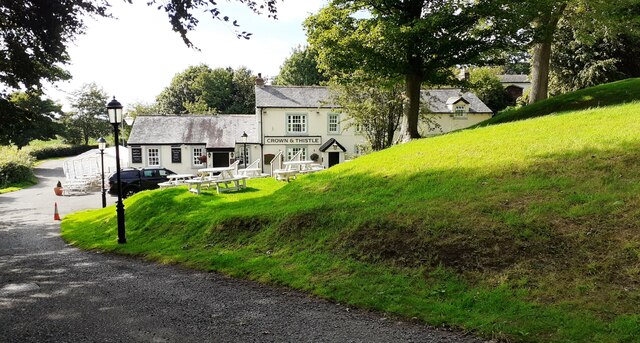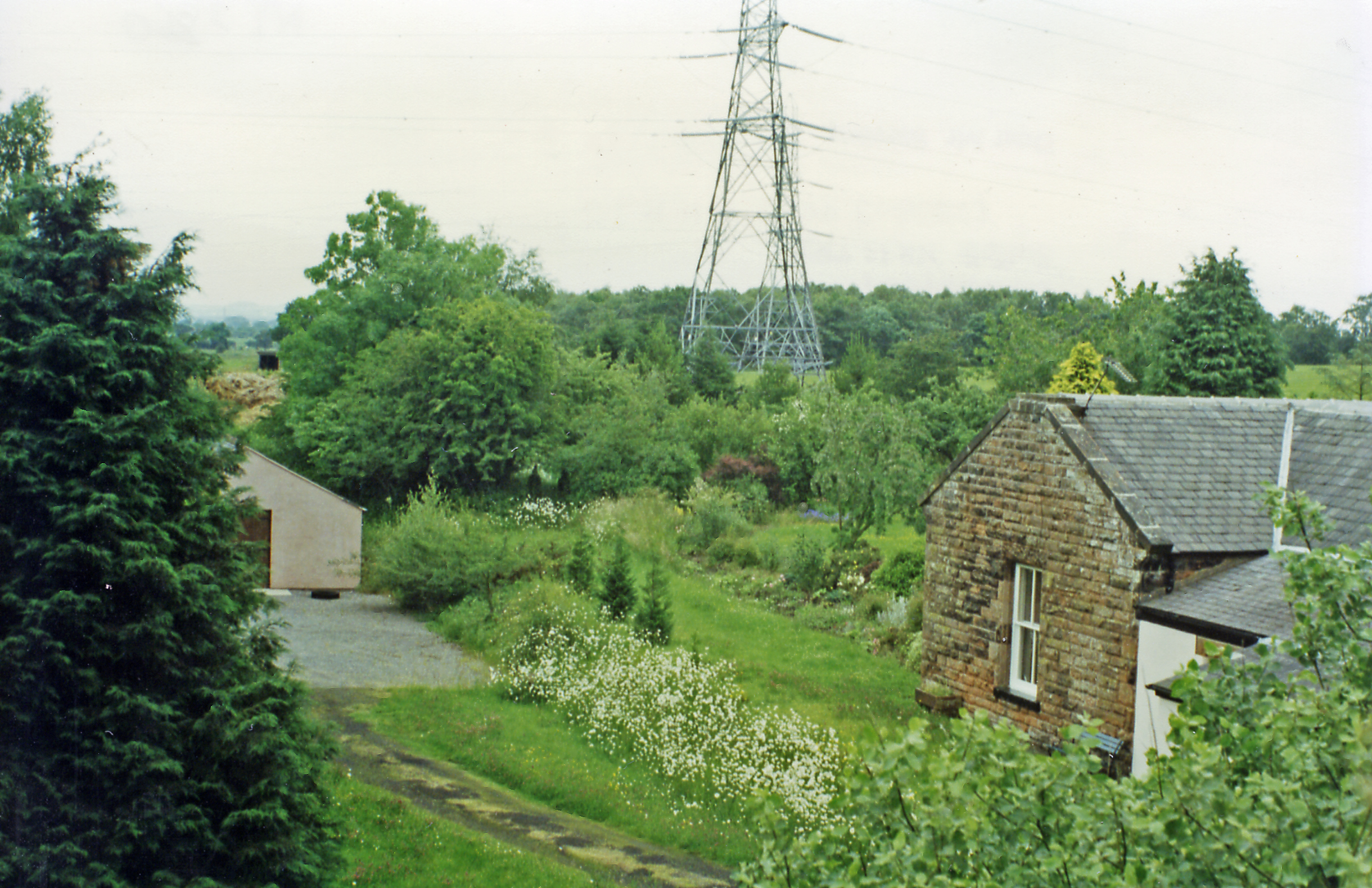Boundary Plantation
Wood, Forest in Cumberland Carlisle
England
Boundary Plantation

Boundary Plantation is a well-known woodland area located in Cumberland, a county in the northwestern part of England. This enchanting plantation is situated in the heart of the picturesque Lake District National Park, which adds to its allure and popularity among locals and tourists alike.
Covering an expansive area of woodland, Boundary Plantation is predominantly composed of a variety of trees, including oak, beech, and birch. The dense forest provides a serene and peaceful environment for visitors, making it an ideal destination for nature enthusiasts and those seeking a tranquil escape.
The plantation's name, "Boundary," originates from its historical significance as a boundary marker between different landowners' estates in the past. Today, it serves as a boundary between different regions within the Lake District National Park.
Visitors to Boundary Plantation can explore its numerous walking trails, which snake through the dense forest and offer breathtaking views of the surrounding landscape. These trails cater to all levels of hikers, from leisurely strolls to more challenging hikes, allowing everyone to experience the beauty of the plantation at their own pace.
The woodland is home to a diverse range of flora and fauna, with numerous bird species, small mammals, and plant life thriving within its boundaries. Nature enthusiasts will find delight in spotting woodland creatures and identifying various plant species throughout their visit.
Boundary Plantation, with its rich history, stunning scenery, and abundant wildlife, is a must-visit destination for anyone seeking a deep connection with nature in the heart of the Lake District National Park.
If you have any feedback on the listing, please let us know in the comments section below.
Boundary Plantation Images
Images are sourced within 2km of 54.954802/-2.9771363 or Grid Reference NY3762. Thanks to Geograph Open Source API. All images are credited.











Boundary Plantation is located at Grid Ref: NY3762 (Lat: 54.954802, Lng: -2.9771363)
Administrative County: Cumbria
District: Carlisle
Police Authority: Cumbria
What 3 Words
///frock.lions.notifying. Near Longtown, Cumbria
Nearby Locations
Related Wikis
Todhills Rest Area
Todhills Rest Area is a rest area in between Junctions 44 and 45 of the M6 motorway in England. It is the last Services northbound on the M6 and the first...
Todhills, Cumbria
Todhills is a small village on the outskirts of Carlisle, Cumbria, England. The village's name is from Old English tota-hyll "look-out hill". Located north...
Rockcliffe railway station
Rockcliffe railway station, later Rockcliffe Halt was a station which served the rural area around Rockcliffe, Rockcliffe parish, north of Carlisle in...
Rockcliffe, Cumbria
Rockcliffe is a village and civil parish in the City of Carlisle district of Cumbria, England. Part of the parish is a marshy peninsula between the mouths...
Harker railway station
Harker railway station served the settlement of Harker, Cumbria, England, between 1861 and 1969 on the Waverley Line. == History == The first station was...
Lyneside railway station
Lyneside railway station served the hamlet of West Linton, Cumbria, England, from 1861 to 1964 on the Waverley Line. == History == The station opened sometime...
Blackford, Cumbria
Blackford is a village in Cumbria, England, close to Gretna, Scotland. == Etymology == Blackford means what it says, a black ford or river-crossing. However...
Floriston railway station
Floriston railway station was a station which served the rural area around Floristonrigg, Rockcliffe Parish, south of Gretna in the English county of Cumberland...
Nearby Amenities
Located within 500m of 54.954802,-2.9771363Have you been to Boundary Plantation?
Leave your review of Boundary Plantation below (or comments, questions and feedback).












